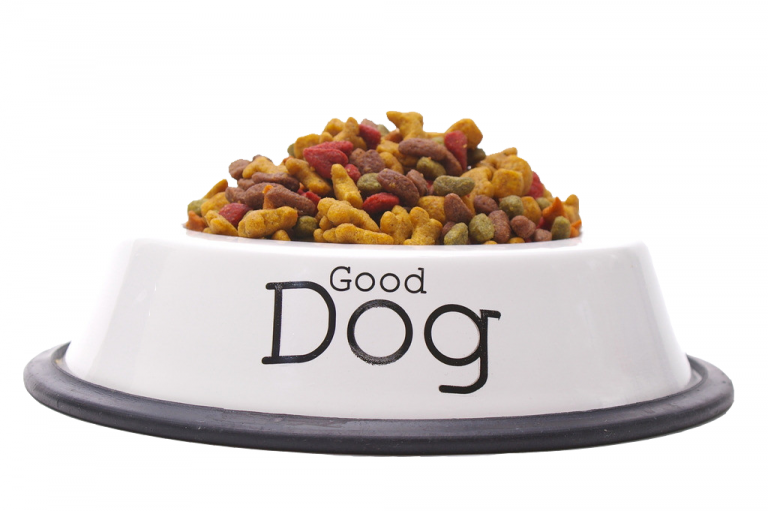Dry food
Differences between wet and dry food
The fundamental difference between wet and dry food is primarily the different water content. Whilst dry food has a moisture content of just 3 to 12%, this is between 60 to 84% for wet food. This huge difference affects the shelf life of the food, since dry food can be kept for significantly longer than wet food, which in comparison goes off sooner.
There are also significant fluctuations between wet and dry food regarding calorie content. With dry food, dogs consume lots of calories in small quantities. In contrast, dogs must eat twice or three times as much wet food in order to reach the same calorific value. The question of which food is better for dogs’ teeth is also debatable. One side argues that the hard consistency of dry food cleans the teeth, whilst the other claims that dry food stays too firmly stuck to the teeth, which can lead to dental problems.

Advantages of dry food
Due to the high energy content, dog owners only need to use small quantities of dry food to meet their dog’s needs and make sure they are full. Hence, dry food is the cheaper option. Proponents also stress that lower quantities also make it a more environmentally-friendly choice, since it uses less packaging.
A further argument in favour of dry food is that it is clean and convenient. It doesn’t have mushy spills and even if a little bit ends up outside the food bowl, it is easy to sweep up or vacuum it away. In addition, odourless dry food is easier to take away on holidays, since dogs only need smaller quantities and it’s easier to stock up on it in advance.

Combining wet and dry food
Since both wet and dry food offer different advantages, the obvious conclusion would be that the best thing is to simply feed dogs a combination of the two. In principle there’s nothing against this, but you shouldn’t mix the two types of food and should always serve them at different times. Due to wet food’s high energy content, you should also make sure that the daily intake isn’t exceeded despite switching between wet and dry food.
When it comes to dogs that have a tendency to develop digestive problems, their owners should ideally choose just one type of food, because the to-and-fro between wet and dry food can lead to diarrhoea or constipation for sensitive stomachs. In general, combining the two types of food offers no advantages for the dog’s health, since both varieties allow it consume all vital substances. So if you’ve established that your dog likes the taste of one particular food and tolerates it well, feel free to stick with it!
